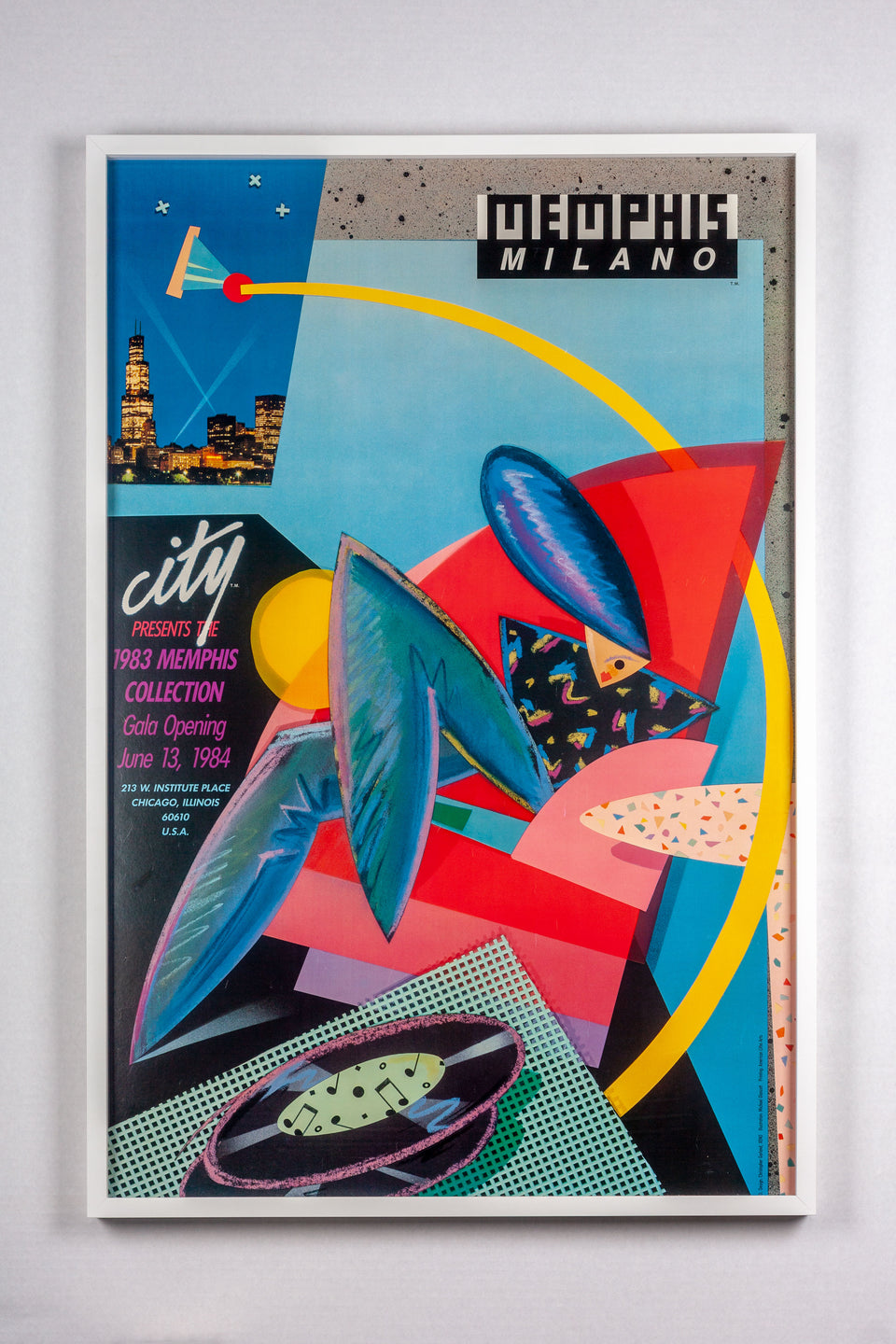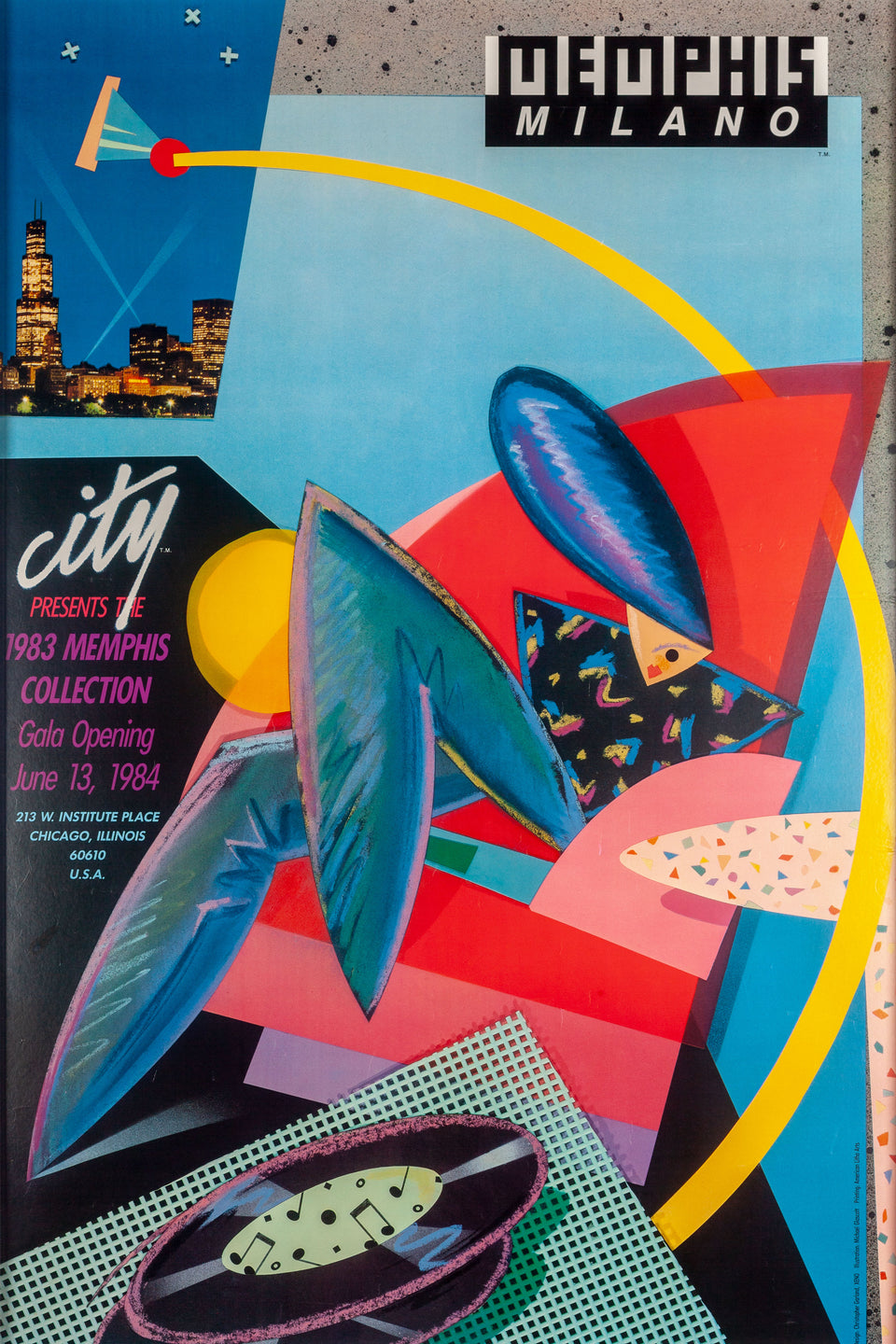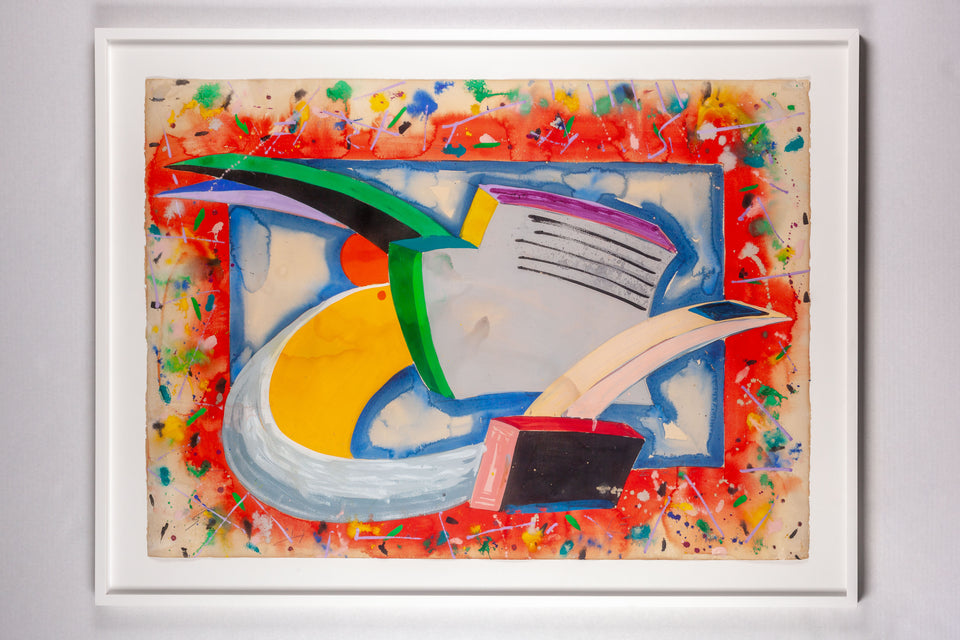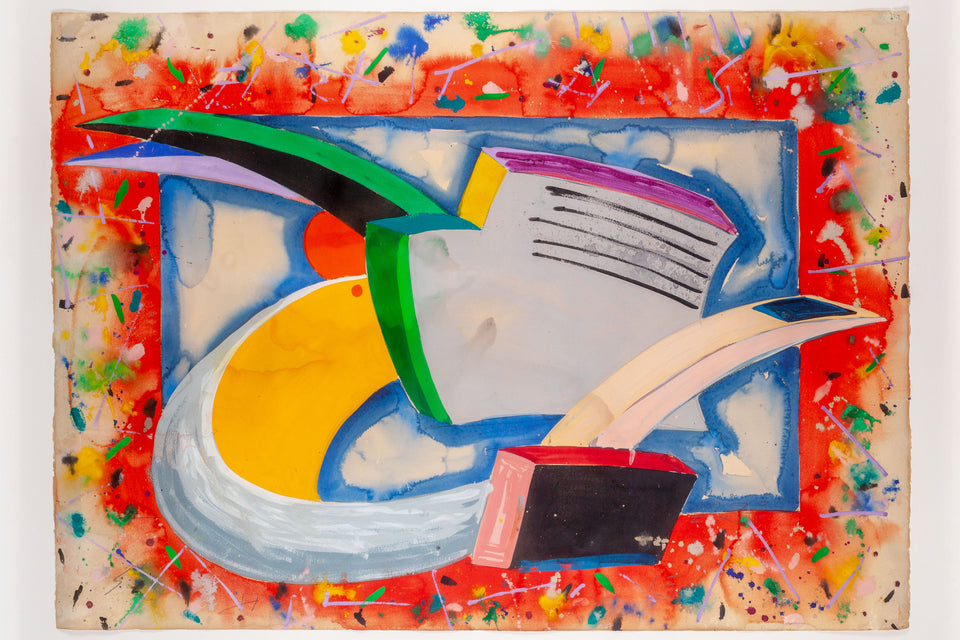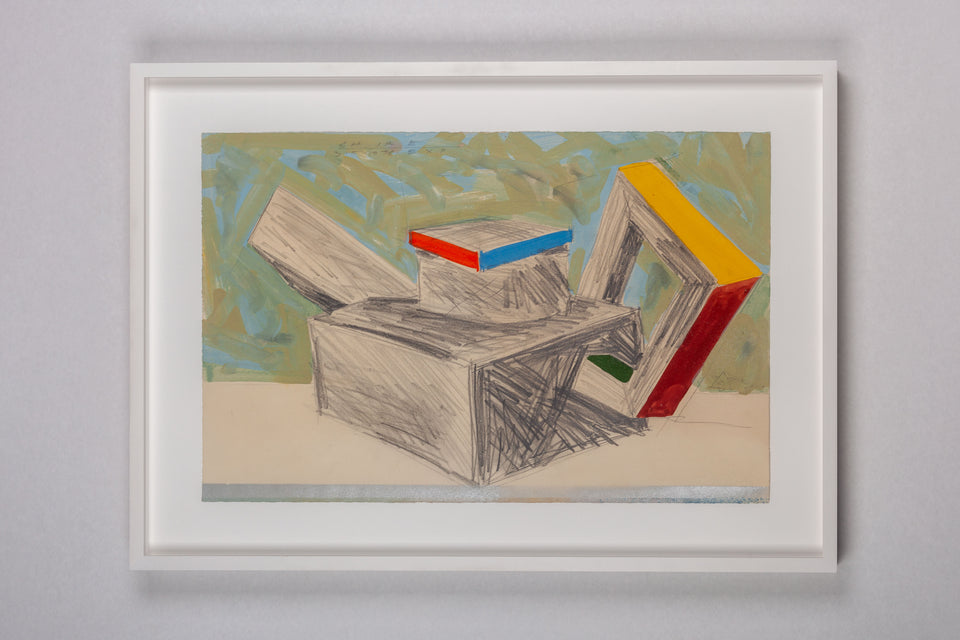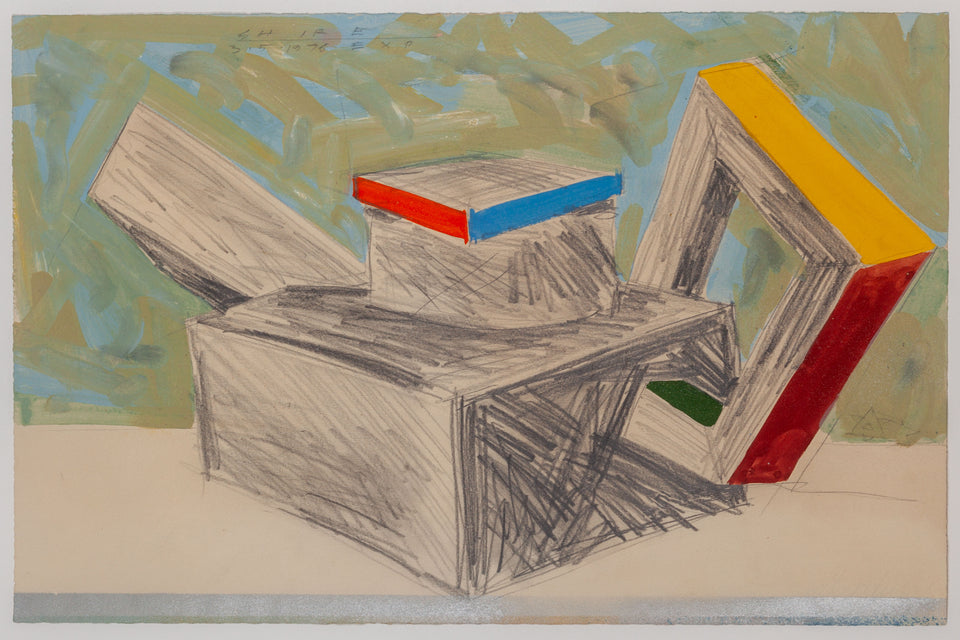Peter Shire 1983 Postmodern Teapot, signed dated
$1,400.00
Early Memphis teapot by Peter Shire in 1983. Other similar model available (pictured as group photos in this listing).
This teapot exemplifies the vibrant and unconventional approach of the Memphis Design movement, with its strong geometric shapes and bold use of color. Created by the innovative designer Peter Shire, it is a testament to the playful aesthetic that defined the movement in the 1980s. The teapot features a teal body with a cylindrical spout in violet projects outward, maintaining the geometry of the overall piece.
Atop the body sits a yellow circular lid with a simple yet prominent knob. The teapot's surface reveals a texture that suggests it has been hand-painted, adding a layer of craftsmanship to the piece.
Dated 1983 and hand-signed by the artist, this teapot not only serves as a functional vessel but also reflects the era's penchant for design that is both whimsical and thought-provoking. It's a piece that would likely have been more at home in an art gallery than a kitchen, embodying the spirit of an era that sought to blend the boundaries between art and utility.
This teapot exemplifies the vibrant and unconventional approach of the Memphis Design movement, with its strong geometric shapes and bold use of color. Created by the innovative designer Peter Shire, it is a testament to the playful aesthetic that defined the movement in the 1980s. The teapot features a teal body with a cylindrical spout in violet projects outward, maintaining the geometry of the overall piece.
Atop the body sits a yellow circular lid with a simple yet prominent knob. The teapot's surface reveals a texture that suggests it has been hand-painted, adding a layer of craftsmanship to the piece.
Dated 1983 and hand-signed by the artist, this teapot not only serves as a functional vessel but also reflects the era's penchant for design that is both whimsical and thought-provoking. It's a piece that would likely have been more at home in an art gallery than a kitchen, embodying the spirit of an era that sought to blend the boundaries between art and utility.
























